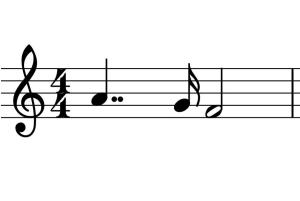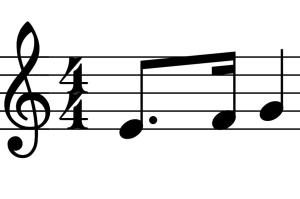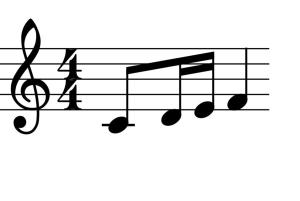The ‘appoggiatura’
Today we start a new cycle of video lessons that will allow you to learn very effective kind of notes that should be used to compose a great melody.
There are many reasons why these notes are so fascinating, but maybe the most important is that:
these notes can change the whole harmonic result.
Remember, all great songs are made up of notes like these!
For this reason we need to know them in depth and how to use them in the right way.
To make the most of this lesson, I suggest you to watch the following lesson (if you haven’t already done):
Strong beat and weak beat, rhythmic accents, downbeat and upbeat
Learning material of this lesson
| 6 videos | 40 mins |
|---|---|
| 1. Introduction to the new cycle of videolessons | 2m 06s |
| 2. Non harmonic tones and strong beats | 7m 40s |
| 3. What is the ‘appoggiatura’? | 8m 58s |
| 4. How to use ‘appoggiatura’ on secondary strong beats | 7m 53s |
| 5. Ascending ‘appoggiatura’ | 7m 36s |
| 6. Hot to mix different kinds of ‘appoggiatura’ | 6m 15s |
| + 1 pdf file |

The access to this lesson is reserved to Premium Membership subscribers.
If you are already registered you can simply log in.
Not a Premium Member yet?
Register today, or upgrade if you are already a free member, to access this and all the other lessons of the premium membership.
Free Access
With a Free account you gain immediate access to 15 lessons of piano, theory, harmony, music reading and composition (36 videos).








